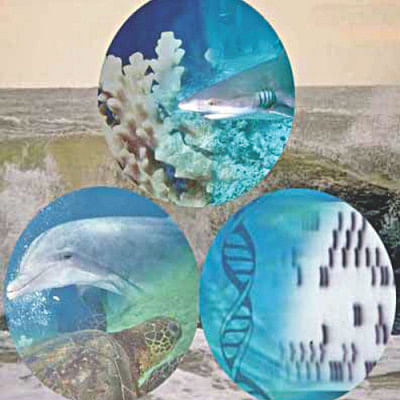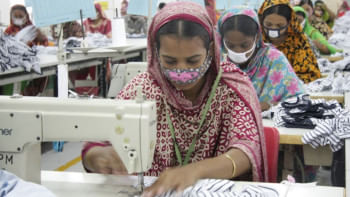Access to genetic resources and benefit sharing

THE Convention on Biological Diversity (CBD) 1992 is the main international instrument providing a general framework for the conservation and sustainable use of biodiversity and the fair and equitable sharing of the benefits arising out of the utilisation of genetic resources. The Nagoya Protocol to the CBD on Access to Genetic Resources and the Fair and Equitable Sharing of Benefits (ABS Concept) arising from their utilisation, adopted an international treaty in October 2010.
The CBD seeks to establish a comprehensive international regime for the sustainable management of biological resources. According to Article 1, the CBD has three main objectives: conservation of biological diversity; sustainable use of its components; and fair and equitable sharing of the benefits arising out of the utilisation of genetic resources. Article 2 of the CBD defines biological diversity as the variability among living organisms from all sources, occurring at three levels: diversity within species (genetic diversity), diversity between species, and diversity of ecosystems.
Genetic resources, whether from plant, animal or micro-organisms, are used for a variety of purposes ranging from basic research to the development of products. In some cases, traditional knowledge associated with genetic resources that comes from indigenous and local communities, provides valuable information to researchers regarding the particular properties. It also emphasise the value of these resources and their potential use for the development. A user of genetic resources includes research, academic institutions and private companies operating in various sectors such as pharmaceuticals, agriculture, horticulture, cosmetics and biotechnology.
Article 15 of the CBD tries to balance the interests of the users of genetic resources, who want to have continuous access to those resources, with the interests of the providers of such resources, who want to receive an equitable share of the benefits that may be derived from the use of such resources. It recognises the sovereignty of States over their natural resources and provides that access to these resources shall be subject to the prior informed consent of the contracting party providing such resources. It also provides that access shall be based on mutually agreed terms in order to ensure the sharing of benefits arising from the commercial or other utilisation of these genetic resources with the contracting party providing such resources.
The Nagoya Protocol is a legally binding, supplementary agreement to the Convention. It aims to develop the legal ABS framework provided by the CBD. It establishes a framework for regulating how users of genetic resources and traditional knowledge associated to each other and can obtain access to such resources and knowledge. It obliges Parties to ensure that users under their jurisdiction respect the domestic ABS legislation and regulatory requirements of the Parties where the resources or knowledge have been acquired.
The Nagoya Protocol further builds on the access and benefit-sharing provisions of the CBD by creating greater legal certainty and transparency for both providers and users of genetic resources. The issue of access to genetic resources and traditional knowledge associated with genetic resources forms a core part of the ABS concept. Finally, it is highlighted that the Nagoya Protocol aims at contributing to the conservation of biodiversity and the sustainable use of its components.
Bangladesh is a signatory to the CBD in 1992 and ratified it in 1994, while it also became the signatory to the Nagoya Protocol in 2010. Bangladesh prepared the National Biodiversity Strategy and Action Plan for Bangladesh in 2004 as a commitment to fulfil its international obligations and also to conserve nation's biodiversity for sustainable livelihoods and development. Bangladesh is a very rich country in biodiversity.The people of Bangladesh depend on biodiversity for their day to day sustenance as well as overall livelihood security. Over 60 million people are dependent on aquatic resources every day. One million people are full time fisher folk and another 11 million have taken to part time fishing in the country.
The writer is Student of LLM at South Asian (SAARC) University, New Delhi, India.

 For all latest news, follow The Daily Star's Google News channel.
For all latest news, follow The Daily Star's Google News channel. 



Comments